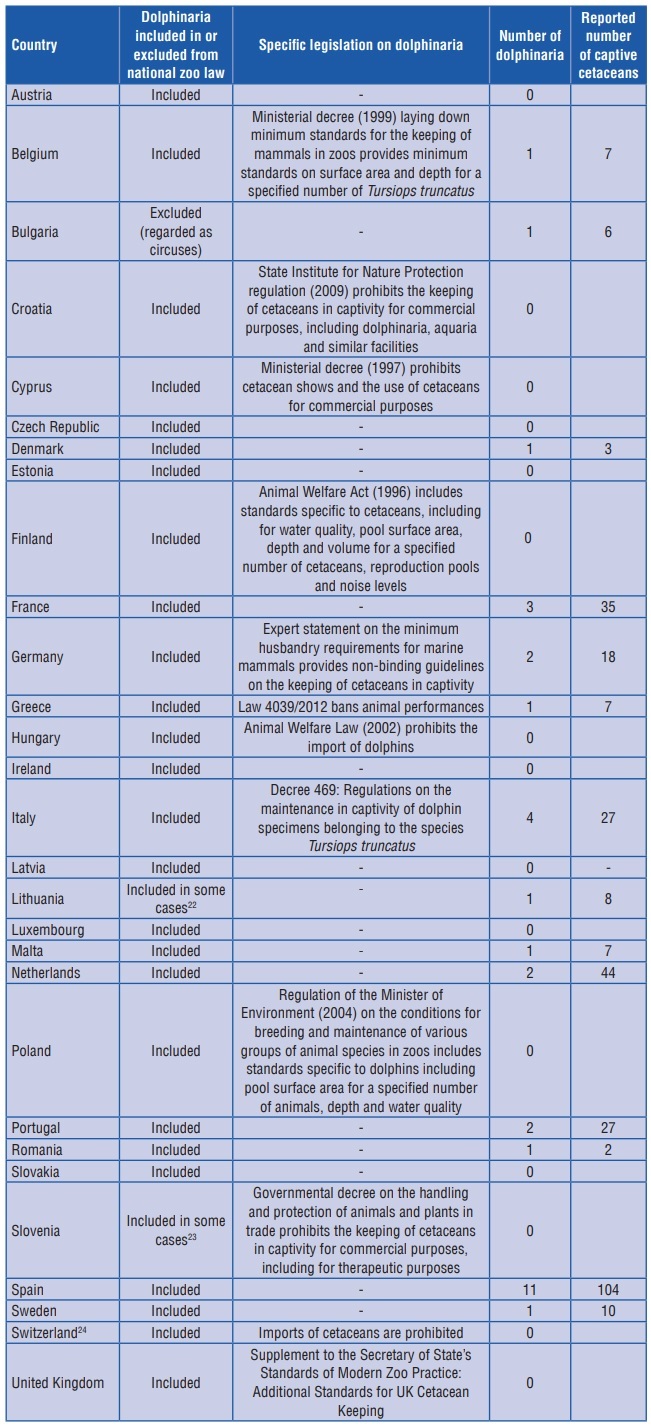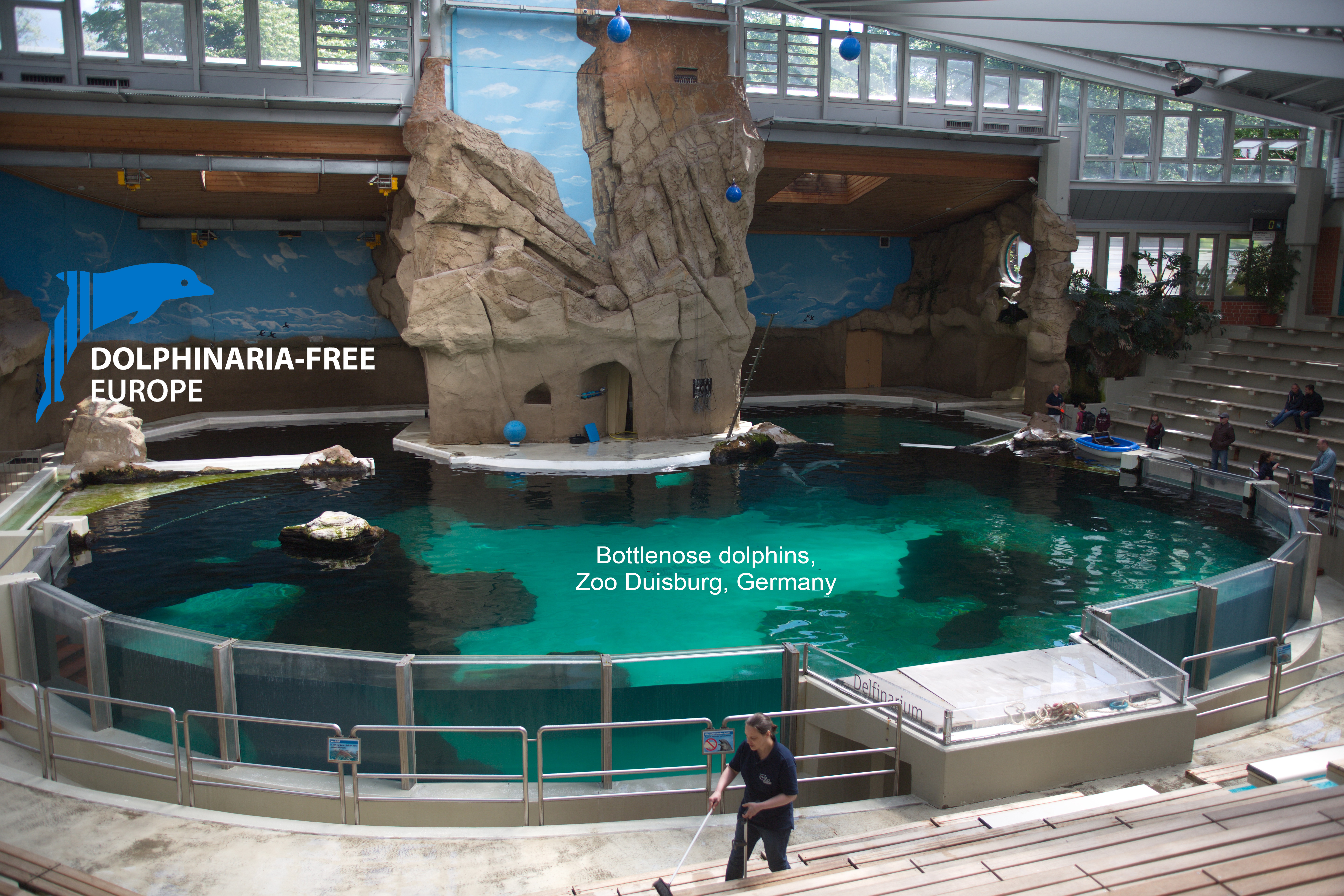In the European Union there is one over-arching law which governs the protection of captive cetaceans. That is the Zoo’s Directive, also known as Council Directive 1999/22/EC. It came into effect on 29 March 1999 so is nearly 20 years old. It focuses on the keeping of wild animals (which includes cetaceans, even those born in captivity) in zoos.

The Zoos Directive states that it aims to strengthen the role of zoos in the conservation of biodiversity. In doing so it calls on Member States (i.e., countries who are part of the EU) to adopt measures for the licensing and inspection of zoos to check a range of things, including appropriate accommodation of the animals.
Unfortunately, cetaceans keep getting ignored or through some other method, overlooked, so their conditions are appalling in every facility in Europe. Not one of them provides species-specific conditions that meet the basic needs of the animals.
DFE believes that this oversight by the Management Authorities and the facilities themselves is not acceptable and we are striving towards the phasing out of dolphinariums in Europe as no facility can meet the biological needs of cetaceans.
The EU ZOO INQUIRY report into Dolphinariums, compiled by DFE and other respected NGO’s compiled a table of the legislation for each country, which we reproduce here.


The French 2004 & 1981 Decree’s determined the following;
March, 25th of 2004: Decree on the Norms and Regulations Relative to Zoos Presenting Living Wild Animals to the Public in Fixed and Permanent Facilities.
– Properly trained and numerous employees must be used (art 3)
– The biological needs of the animals must be respected as well as their health. They must have the the possibility o have natural behaviours with respect to the facilities and the enclosure (art 10)
– The facilities and enclosure must be constantly evaluated in order to better answer to the biological needs of the animals (art 12)
– The care that is provided to the animals must be provided in ways that avoid causing stress, injuries or discomfort. Any unnecessary intervention must be avoided. (art 15)
– All animals must be observed on daily basis in order to detect any behavioural anomaly. The causes of those anomalies must be searched for and detected and must be corrected. (art 16)
– Reproductive activity can be undertaken only if the conditions in which the newborn animals will be bred, respect the regulation concerning the environment (art 18)
– The facilities and enclosure must be adapted to the needs and natural behaviours of the animals, they must be secured and allow the animals to express their natural abilities.
– The facilities must permit them to avoid violent relationships with their peers by letting them adopt a defensive attitude or letting them flee. (art 27)
– The facilities and enclosure must be secured in order to protect the public from the animals but also the animals from the public. (art 28-32)
– Zoos must have a veterinarian and prevent the apparition of diseases and zoonosis
– An autopsy must be performed on every dead animal and the corpses must be quickly taken away from the other animals and destroyed according to the legislation. (art 45-47)
– Facilities and enclosure must be kept clean according to a cleaning program established by the zoo (art 48-50)
– The zoo must educate and raise awareness about the conservation of biodiversity, species, and natural behaviours. They have to give the public information about the animals: scientific name, geographical distribution, diet, protection status (chap 7)
– Zoos must be administrated in an ecological way: waste management, wastewater treatments.
August 25th 1981: Decree on the Norms and Regulations Relative to Facilities Presenting Living Cetaceans
– Facilities and enclosure must be built according to the biological needs of the cetaceans
– Facilities must be have an area of 800 square meter and a depth of minimum 1.5x the average length of the species.
– The water in the facilities must be clean: the water must be sampled and analyzed every month.
– Cetaceans must be fed at least once a day
– Cetaceans must be observed every day. Every problem relative to their health must be solved.

